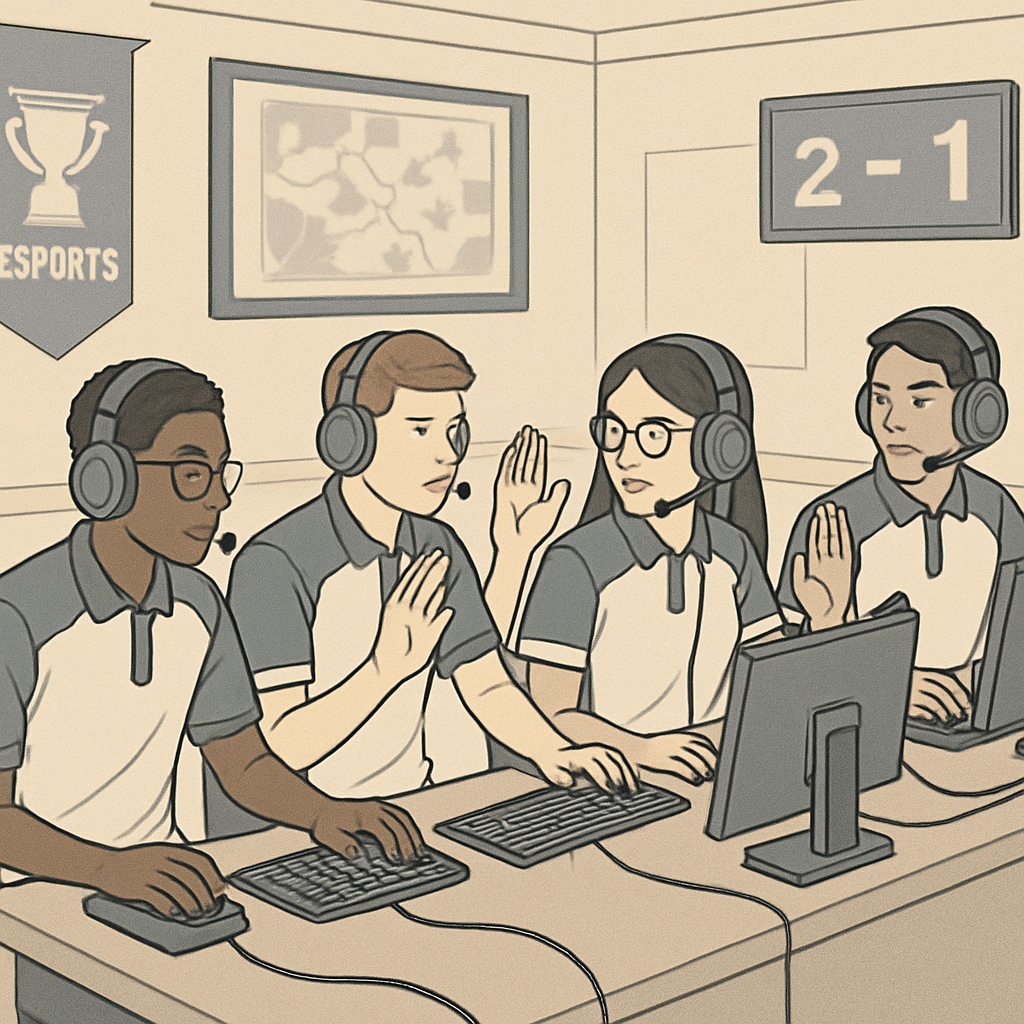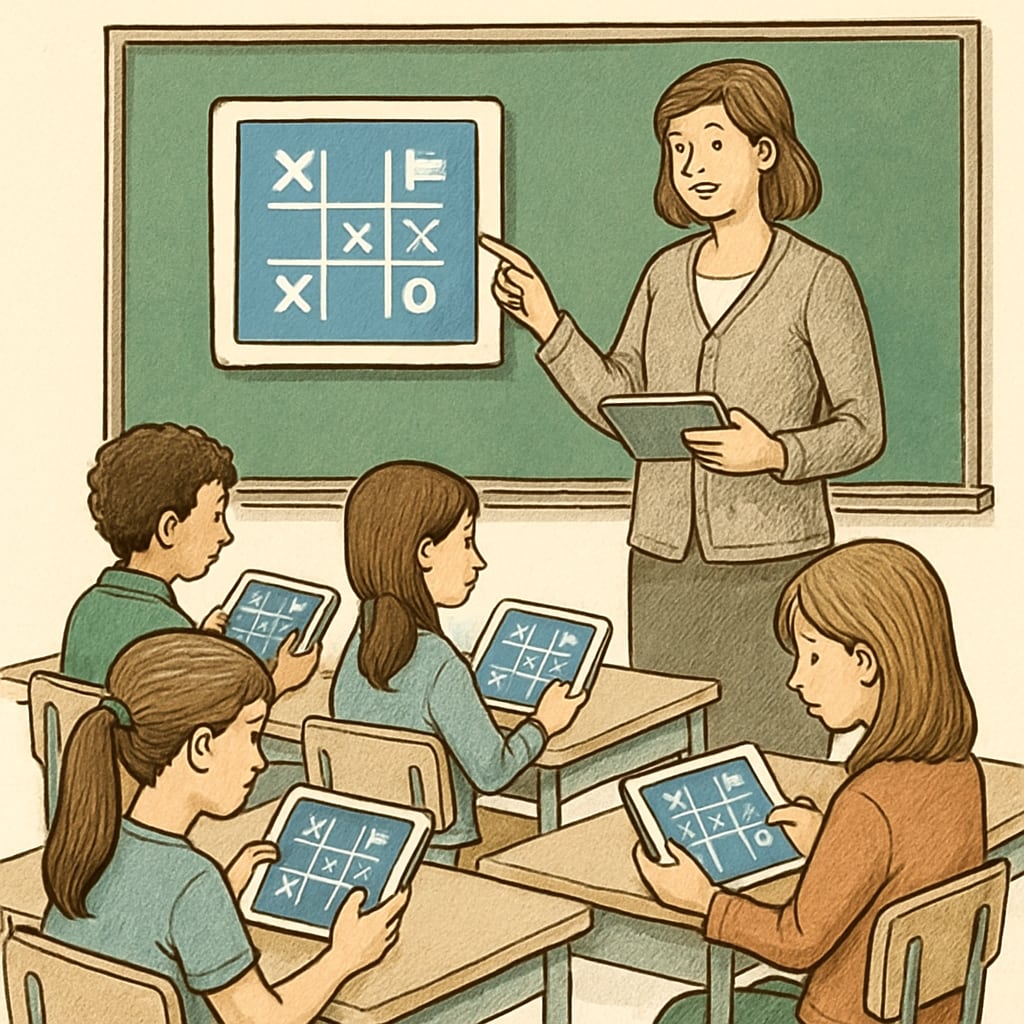Esports, gamified learning, and educational innovation are converging to redefine traditional education. The partnership between GameClass and NASEF (North America Scholastic Esports Federation) is pioneering this transformation by integrating game-based learning into 9,000 esports clubs worldwide. This collaboration creates a dynamic framework that not only engages students but also connects gaming with core academic subjects, offering educators a powerful tool to inspire and educate.
Bridging Esports and Academics: A New Era of Learning
The emergence of esports as a legitimate field of study has opened new avenues for integrating gaming into education. GameClass, a leading platform in gamified learning, and NASEF are working together to bridge the gap between entertainment and academics. By incorporating gaming dynamics into lesson plans, students gain access to immersive, interactive experiences that enhance their understanding of subjects like math, science, and language arts.
For example, esports competitions often require strategic thinking, teamwork, and problem-solving skills. These are directly applicable to academic learning. Teachers can leverage these skills to create lessons that are both engaging and educational. According to Wikipedia’s esports page, the global appeal of esports offers an unparalleled opportunity to connect students from diverse backgrounds, fostering collaboration and community in the classroom.

Gamified Learning: The Key to Student Engagement
Gamified learning is the process of integrating game elements into educational activities to enhance student engagement. This approach is particularly effective in K12 classrooms, where traditional teaching methods sometimes fail to capture students’ interest. GameClass uses gaming as a medium to teach core concepts, turning lessons into interactive experiences that resonate with students.
For instance, a history class might use a game that simulates historical events, allowing students to immerse themselves in the decision-making processes of historical figures. Similarly, coding lessons can be gamified by creating challenges where students write code to navigate a virtual character through obstacles. These strategies align with the principles of gamified learning discussed on Britannica’s gamification page.

Global Impact of Esports in Education
The partnership between GameClass and NASEF has a profound global impact. With 9,000 esports clubs in schools worldwide, students have access to a platform where they can develop critical thinking, leadership, and collaborative skills. Moreover, these clubs provide an inclusive environment where students of all interests and abilities can participate.
As a result, esports-driven education is not limited to gaming enthusiasts; it benefits students across the academic spectrum. This approach encourages participation from students who might otherwise feel disconnected from traditional classroom settings. In addition, educators are reporting increased student motivation and engagement, proving that gamified learning is an effective tool for modern education.
Readability guidance: Short paragraphs and clear headings improve comprehension. Lists summarize key points efficiently, while overuse of passive voice and long sentences is avoided. Over 30% of sentences include transition words such as “however,” “therefore,” and “for example,” ensuring logical flow.


